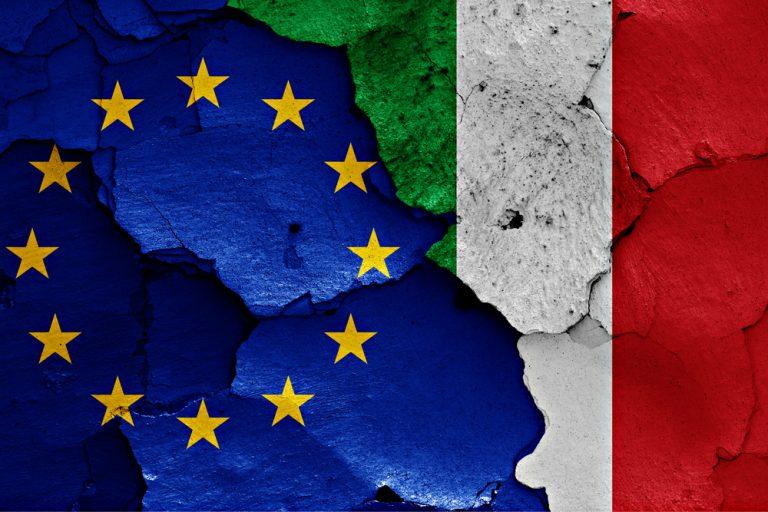
Data has revealed that Italy’s economy has stagnated in the third quarter. Domestic demand and trade flows were unable to drive any growth.
Between July and September, Italy’s gross domestic product has remained unchanged. This follows a 0.2% increase in the second quarter.
Since the beginning of 2017, Italy’s economy has been slowing down at a steady rate.
The flat quarterly reading in the third quarter was the weakest figure since the fourth quarter of 2014.
In October, Italy’s coalition government slashed the official full-year 2018 forecast to 1.2% from a 1.5% prediction made in April.
Earlier this year, the anti-establishment 5-Star Movement and the right-wing League stablished a coalition government. They presented a 2019 budget that claims to boost growth and prevent the Italian economy from suffering a recession.
Since the budget was announced, we tracked its development process. The controversial budget, which sees deficit to rise to 2.4%, caused backlash from the EU. Indeed, earlier last week the European Commission outright rejected the plans amid fears of Italy’s government debt.
Deputy Prime Minister Luigi Di Maio took to Facebook to comment:
“This is the first Italian budget that the EU doesn’t like,”
“No surprise: this is the first Italian budget written in Rome and not in Brussels!”
Co-deputy Prime Minister Matter Salvini added:
“This doesn’t change anything.”
“They’re not attacking a government but a people. These are things that will anger Italians even more.”
The coalition government has insisted it will “end poverty” with a minimum income for the unemployed.
The European Commission’s rejection of the budget is an unprecedented move to an EU member state.
An EU executive said that the Italian government was disregarding a previous promise to lower the deficit towards a balanced budget. The government has been given three weeks to change the budget but it has no intentions to make any changes.
